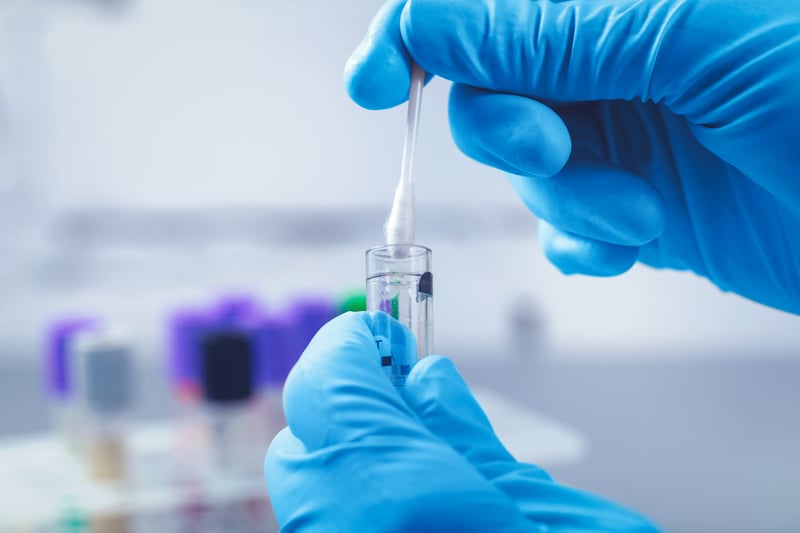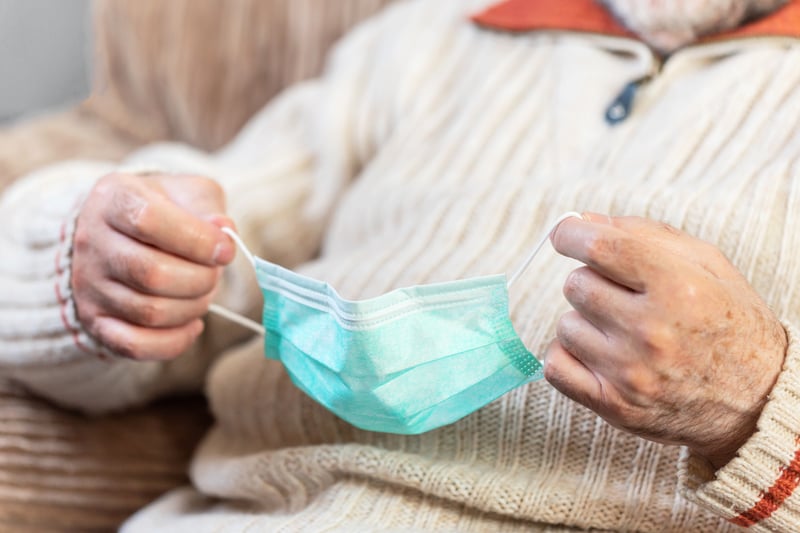Covid-19 infections across the UK have risen by more than half a million in a week, with the rise likely to be driven by the latest Omicron variants BA.4 and BA.5, new figures show.
Hospital numbers are also continuing to increase, with early signs of a rise in intensive care admissions among older age groups.
A total of 2.3 million people in private households are estimated to have had the virus last week, up 32% from a week earlier, according to the Office for National Statistics (ONS).
This is the highest estimate for total infections since late April, but is still some way below the record high of 4.9 million seen at the peak of the Omicron BA.2 wave at the end of March.
Friday’s figures are the latest evidence that the virus is circulating at increasing levels across the country.
Dr Mary Ramsay, director of clinical programmes at the UK Health Security Agency (UKHSA), said: “We continue to see an increase in Covid-19 data, with a rise in case rates and hospitalisations in those aged 65 years and over, and outbreaks in care homes. We can also now see a rise in ICU admissions in older age groups.
“Vaccination remains the best defence against severe disease and hospitalisation. Covid-19 has not gone away and we should all remember to keep up good hand and respiratory hygiene. It is also sensible to wear a face covering in crowded, enclosed spaces.”
Here are the 10 areas of the UK which saw the highest rise in the proportion of the population infected with Covid-19 in the week ending June 24, when compared with the previous week.
Read more:
A total of 2.3 million people in private households are estimated to have had the virus last week, up 32% from a week earlier, according to the Office for National Statistics (ONS).

5. Swansea; Neath Port Talbot
This was followed by another part of Wales. Swansea and Neath Port Talbot had an infection rate of 3.5%, up from 2.1% the week before.

6. Ceredigion; Pembrokeshire; Carmarthenshire; Powys
Another area of Wales had the next biggest rise. Across Ceredigion, Pembrokeshire, Carmarthenshire and Powys an estimated 3.5% of the population had coronavirus last week, up from 2.1.% the previous week.

7. Medway
Medway in Kent was another area which saw a big rise in infection rates. There, 3.8% of people are estimated to have had Covid last week, compared to 2.3% the previous week.

8. Southwark
The borough of Southwark had the biggest rise in infection rates seen in London. 4.1% of residents had Covid last week, up from 2.5% the week before.


